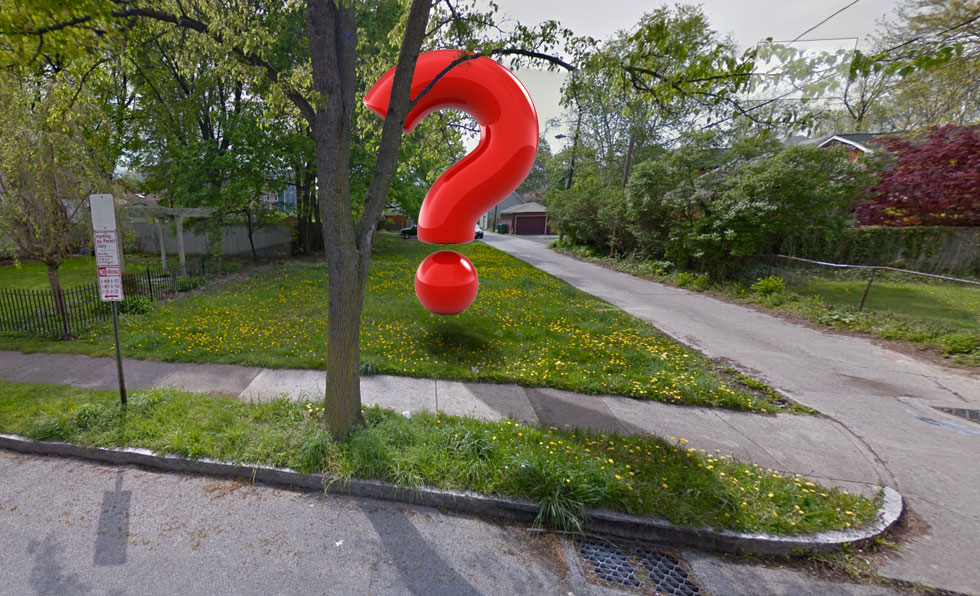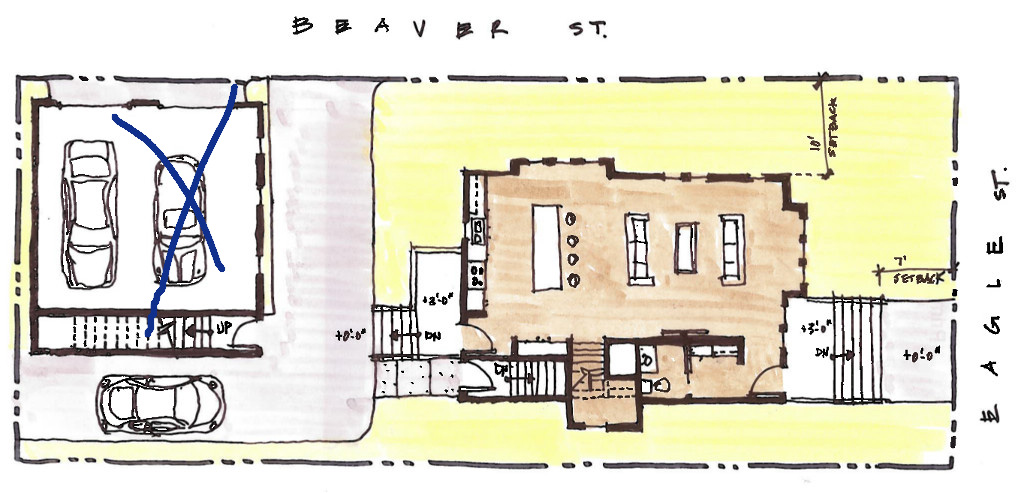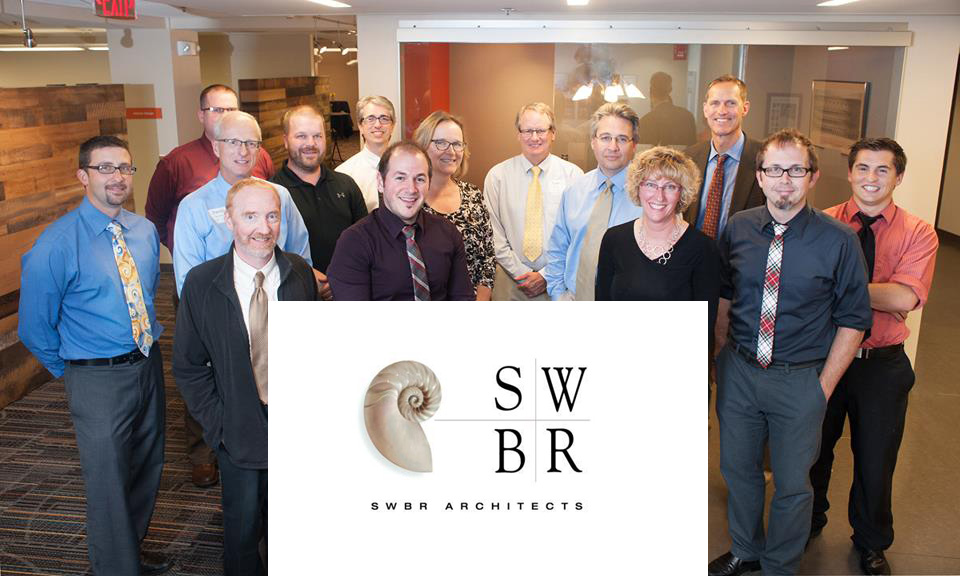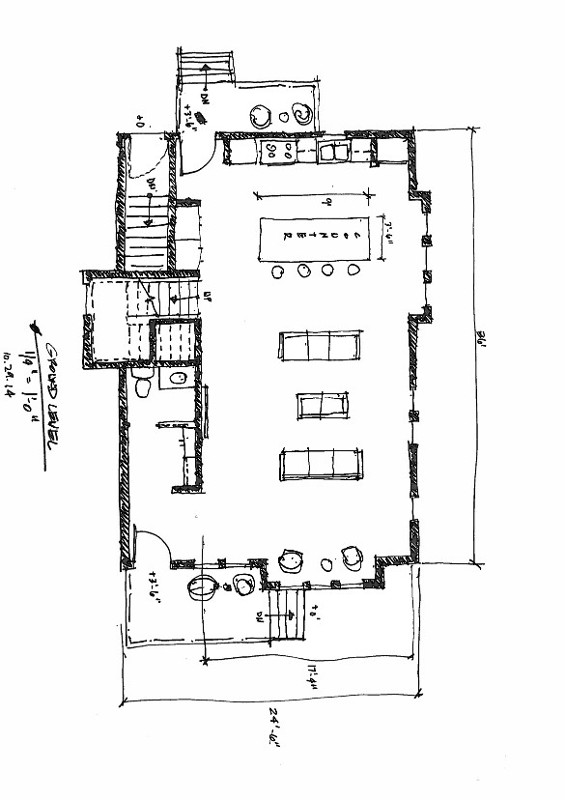This article was scraped from Rochester Subway. This is a blog about Rochester history and urbanism has not been published since 2017. The current owners are now publishing link spam which made me want to preserve this history.. The original article was published January 04, 2015 and can be found here.

Welcome to Part 2 of Filling In: 37 Eagle Street. It's been a while, so to catch you up, in Part 1 my wife and I bought an empty lot at 37 Eagle Street

in Corn Hill. But the fun doesn't stop there. We decided to build ourselves a house on it, and we're going to take you along for the ride!
Today I want to talk about architects. Just for starters, we decided we did not want off-the-shelf plans and would instead pay (about 10% of the overall project budget) for a house to be designed from scratch...

Going into this, we really only had the stipulation that the architect be local. Clearly this is not a requirement for everyone, because Santiago Calatrava can only be from one place, and yet he has buildings nearly everywhere.
Anyway, with this requirement in mind, we started looking at projects we liked in Rochester and making a list of architects we wanted to work with. Some architects won't do houses, so this helped us cut the list down a little. In the end, we made appointments and met with four different architecture firms in town (who will remain unnamed). The process has led me to make the following three recommendations.
- Don't interview with four architects. It's too many, and it's a ton of work. I would not look at more than 3 the next time I do this.
- Decide what you're going for in hiring an architect. Some architects are best suited to channel a vision that you already have, while others are going to bring creative ideas, fully formed to the table. There is a spectrum between these two types as well. That's not to promote one over the other, as there is incredible value to any and all of those services, but it's important to pick an architect who is going to help you in the way you want to be helped.
- Call references. It's really important to make sure the architect has the specific experience you need, whether that be getting through a preservation board, or having worked in your neighborhood (or city) before.

Ultimately we chose SWBR Architects

and they have been a pleasure to work with so far.

With any luck, Part 3 of this series will be all about the plans getting presented to zoning and preservation (since we are in an historic Preservation District

). Until then, follow along with the minutia over at the blog

.


